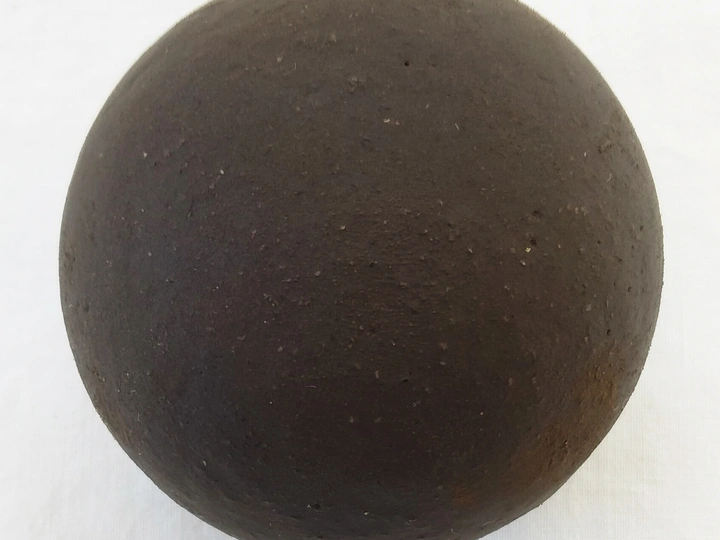Spheres of Soil, Acts of Care

Maria Pilar Martinez Ponce
Fabularia is a collective practice rooted in the intersection of material experimentation and critical storytelling. We explore the cultural, ecological, and political dimensions of place through acts of fabrication—both literal and narrative. Drawing from vernacular traditions, overlooked geographies, and more-than-human relations, Fabularia aims to reframe architecture and art as tools for memory, resistance, and care. Our work moves between soil and story, matter and myth, to imagine grounded alternatives to extractive, expansionist paradigms.
We are a collaborative team composed by Pilar Martínez Ponce, an independent artist and researcher and Guido Cimadomo, architect and Associate Professor of architectural theory and criticism at the University of Málaga. Our work emerges at the intersection of practice and reflection, merging material experimentation, critical theory, and spatial storytelling.
Guido’s academic research focuses on urban transformations, cultural and industrial heritage, and the impact of large-scale events on cities. His publications and curatorial work engage with themes of architecture, commons, and collective memory.
Pilar holds a degree in Fine Arts (sculpture) from the University of Seville and explores cultural identity, urban change, and more-than-human narratives through diverse media. Her artistic approach is rooted in tactile processes and grounded research, using traditional materials to engage with overlooked material and social geographies. Based on the political relevance of place, she focuses on the silent knowledge embedded in vernacular forms and gestures, reclaiming them as tools of resistance to extractive and expansionist paradigms.
Together, we aim to bridge academic discourse with embodied, site-specific practices that reflect on ecology, tradition, and community.
This project explores earth as both matter and memory—collected from places in Europe where climate disasters have struck, and transformed into polished spheres through the Japanese technique of dorodango.
It emerged from a desire to reflect critically on the architectural discipline’s disconnection from the ground it builds upon, and to reconnect with materials historically rooted in vernacular knowledge. In a time when extreme climatic disasters are intensifying, we turn to an embodied, manual process to restore a physical and symbolic relationship with the earth.
Earth was once a central material in architecture—local, adaptive, regenerative. Today, the construction industry prioritizes concrete, steel, and other high-impact materials, contributing to around 34% of global CO₂ emissions and 30% of energy consumption. This work challenges that legacy, using soil gathered from places marked by environmental trauma to form objects that resist forgetting.
The first dorodango was created from earth collected in Paiporta (Valencia), where catastrophic floods in 2024 caused unprecedented destruction and loss of life. Through careful layering, drying, and polishing, the soil is transformed into a sphere: fragile, reflective, and silent. This method allows us to work slowly and attentively, to turn (climate change based) destruction into a form of care. The most successful aspect of the process lies in its capacity to generate conversation—across disciplines and publics—about repair, loss, and responsibility.
Each sphere becomes a tactile memorial and a call for change. These are not decorative objects but propositions for an architecture that listens—an architecture that remembers. We see this evolving into a broader European cartography of soil and story: a series of workshops and installations that continue to question what it means to build with, not against, the earth.